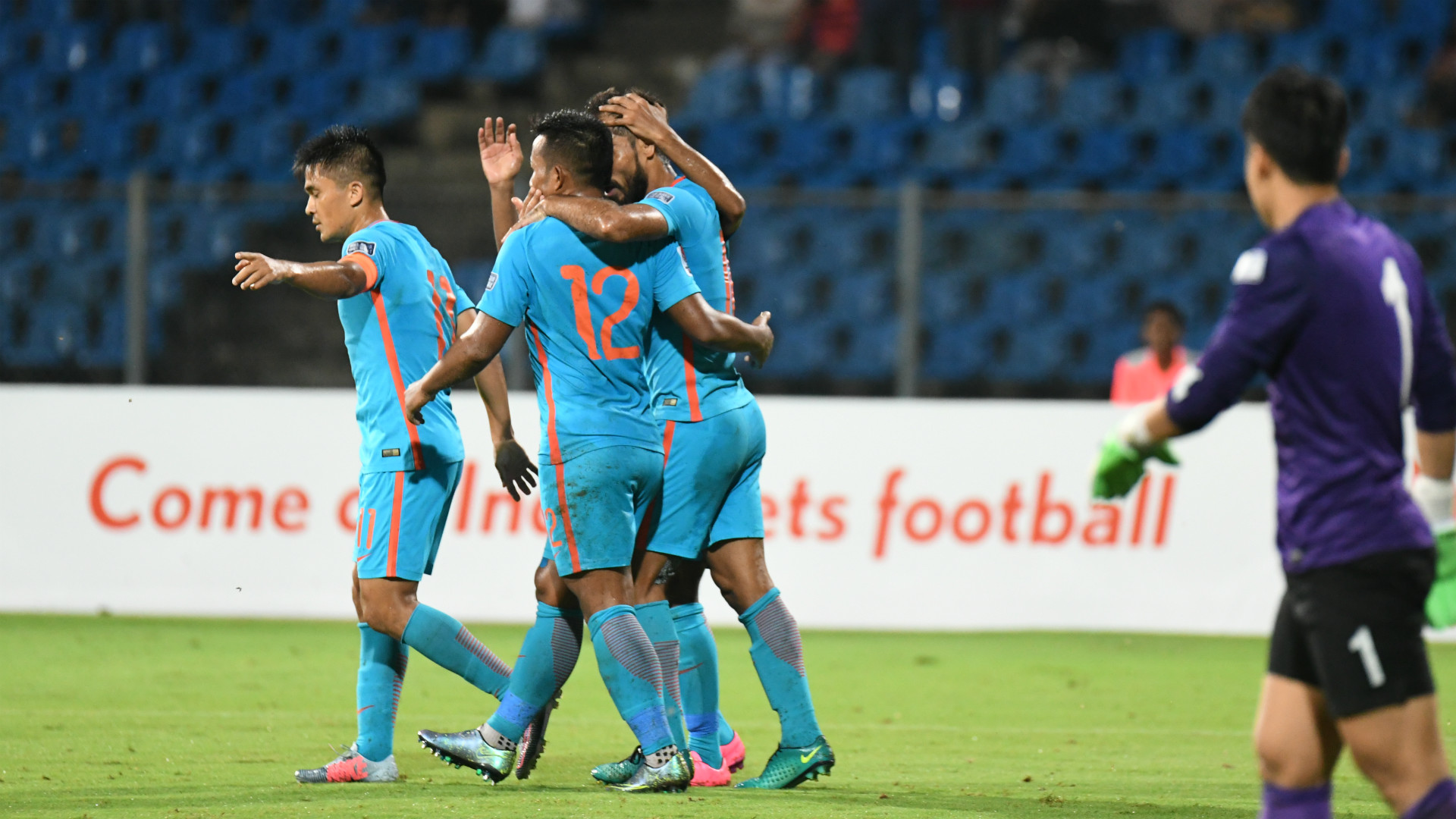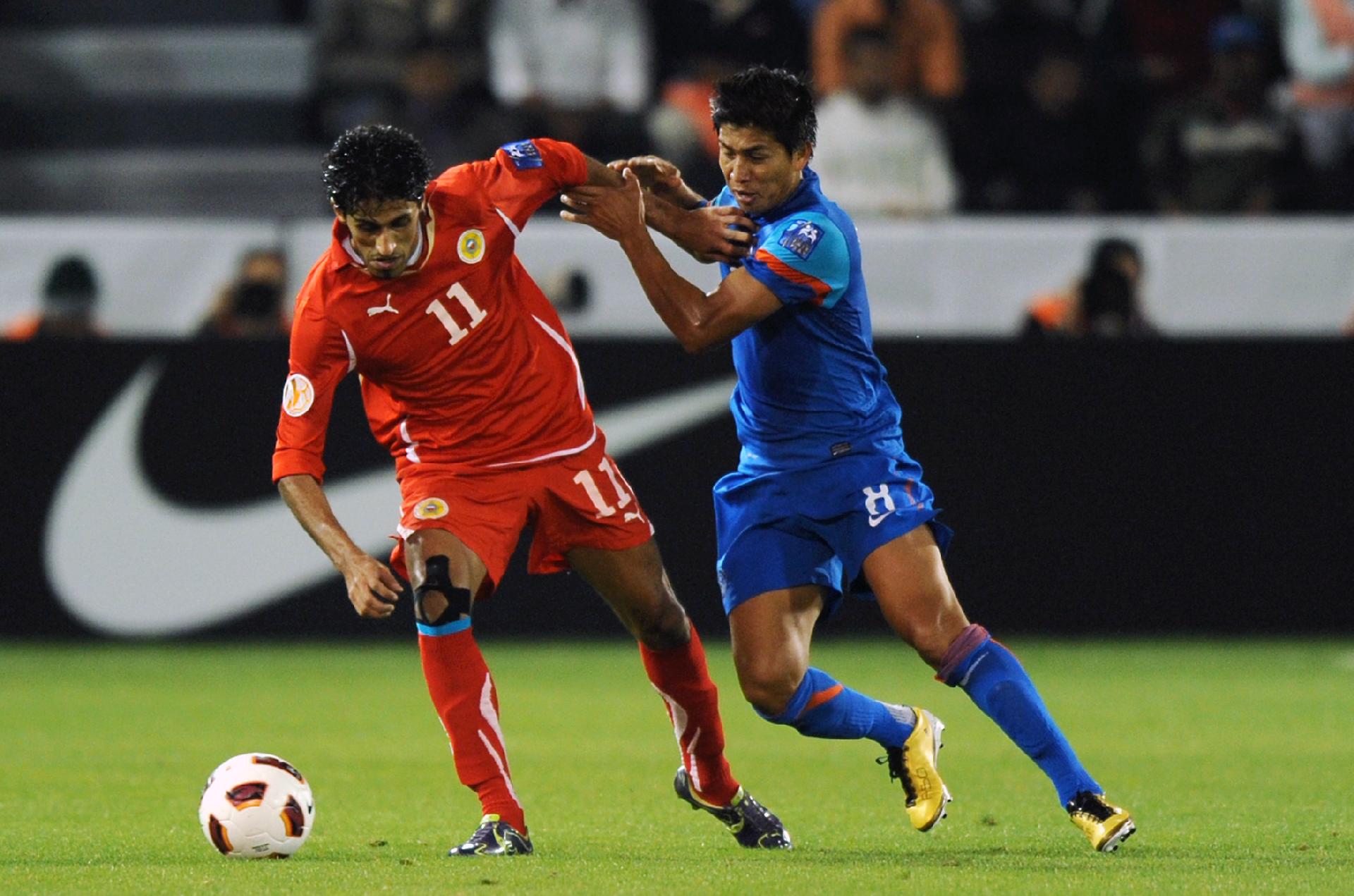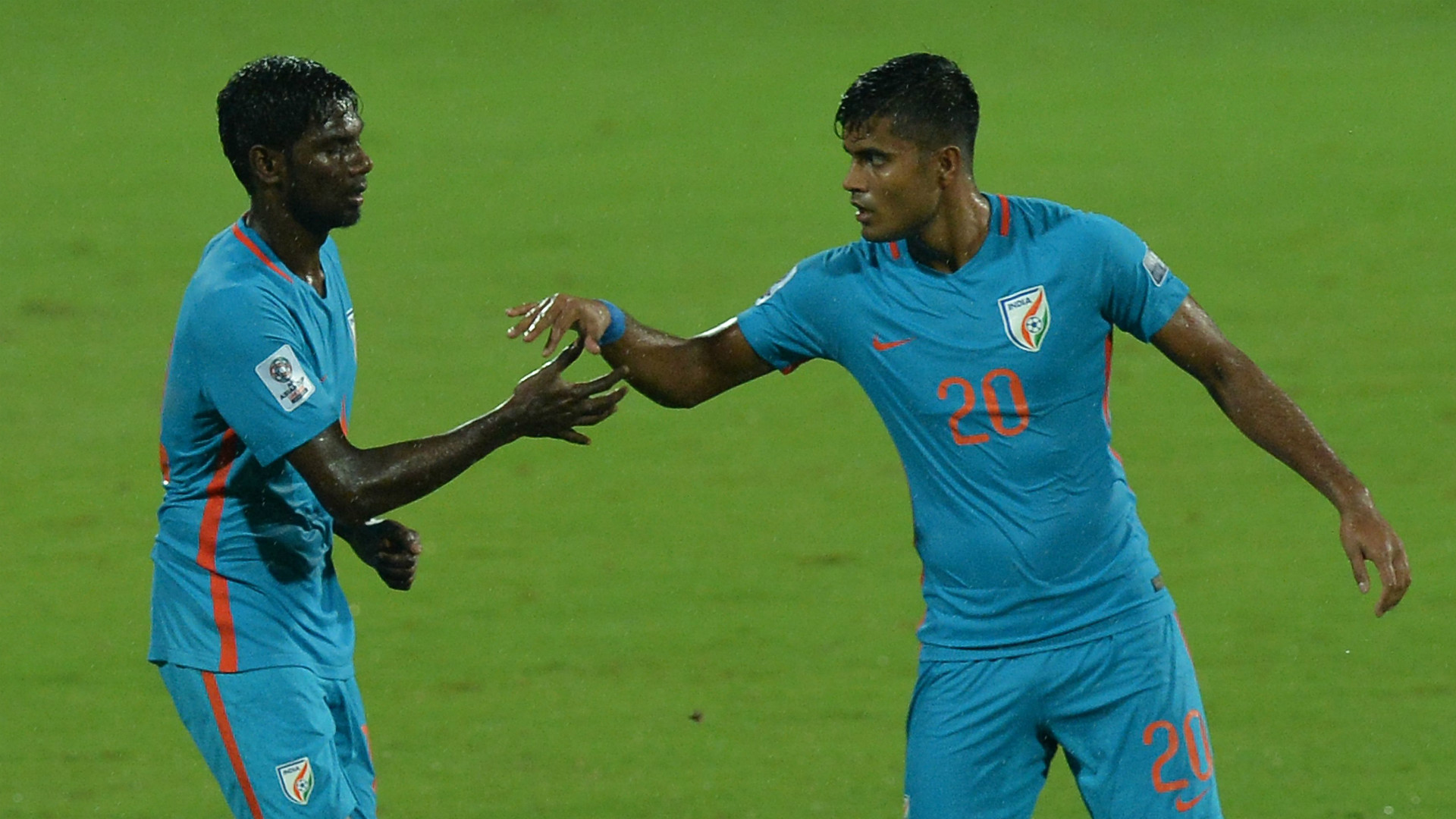AFC Asian Cup: How India compare to 2011
autty 2018-12-27 03:39:03 评论
While plenty of players from India's 2011 squad were in the final stages of their international careers, the same cannot be said of the current team..

After eight years, India are once again ready to rub shoulders with the continent’s best as the countdown to the 2019 AFC (Asian Football Confederation) Asian Cup gets underway in earnest.
Plenty has changed for India since their last appearance in the competition in 2011 with only two members of the erstwhile squad remaining in the current one helmed by Stephen Constantine.
The Bengaluru FC pair of Sunil Chhetri and Gurpreet Singh Sandhu are the only two faces that remain from the Bob Houghton-coached squad in 2011 that crashed out after three defeats in as many group stage clashes.
Chhetri, now 34, ended up as India’s top-scorer in the tournament with two goals and the goalscoring burden will once again rest primarily on his shoulders in the 2019 edition in the United Arab Emirates (UAE). Gurpreet, on the other hand, comes into the tournament as India’s undisputed No.1 after warming his feet on the bench as a novice in 2011.
Eight years ago, it was a 34-year-old Bhaichung Bhutia who led India into the tournament and naturally, comparisons between the iconic Sikkim-born striker and Chhetri have been drawn by all and sundry.
When Chhetri was asked if would try to emulate Bhutia’s leadership in the Asian Cup, he replied, “I will try but I don’t think I can lead like him. Along with Bhutia, there were so many other senior players like Surkumar Singh, Renedy Singh, Abhishek Yadav and Deepak Mondal.
“Whatever I have learned from them, I try to do the same thing.”
The 2011 Indian squad was indeed blessed in the leadership department with plenty of veteran players in the final stages of their international careers. In fact, the Qatar tournament ended up being the last international hoorah for several big names in the squad.
The likes of Surkumar Singh, Renedy, Yadav and Mondal did not kick a ball for India ever again after the 2011 tournament. For skipper Bhutia, the tournament had come a touch too late in his career with injury troubles plaguing the experienced striker throughout the Asian Cup.

Bhutia did not feature in the first two group matches and came on as a 78th minute substitute in India’s final clash against South Korea. That would be the last competitive outing for the stalwart with a farewell game against Bayern Munich in the next year bringing the curtains down on his international career.
With Bhutia sidelined with injury woes, it was midfielder Climax Lawrence who led India in the three matches. Lawrence too, was at the end of his international career and took up retirement in the following year.
There were other experienced players in the squad too in the form of defender Mahesh Gawli and midfielder Syed Rahim Nabi. Within one year of the culmination of the Asian Cup, the duo had played their respective final games in India colours.
It is safe to say that many core players of the 2011 squad were in the final phase of their career when they entered the 2011 competition. In comparison, the 2019 squad bears a completely different look. While Chhetri might be at the same age as Bhutia then, the Bengaluru forward is still arguably at the peak of his game.
Gurpreet, who was still an uncapped rookie in 2011, has made the No.1 position his own over the past few years and is still only 26.
The same is the case in defence where 31-year-old Anas Edathodika is the oldest member. The others in Sandesh Jhingan, Pritam Kotal and Narayan Das are all aged 25 and have been mainstays with the Indian team over the past two years or so.
Meanwhile, the likes of Subhasish Bose, Salam Ranjan Singh and Sarthak Golui bring in some youthful exuberance.
It is the same story in midfield where a 26-year-old Rowllin Borges is set to lead the line. He will most likely be partnered by Pronay Holder (25) with youngsters Anirudh Thapa, Vinit Rai and Germanpreet Singh providing cover.

The wingers are a youthful bunch too with Halicharan Narzary and Jackichand Singh arguably in the prime of their career. Udanta Singh, who is still only 22, has been featuring regularly for the national team for some time now and he will be complimented by Ashique Kuruniyan.
Up top, Jeje Lalpekhlua might have been poor for Chennaiyin FC in the Indian Super League (ISL) in the current season but at the age of 27, he is technically at the peak of his powers. He will most likely share the goalscoring burden along with Chhetri with Balwant Singh providing an alternate option. Balwant, while 32, is a late bloomer but has been a fine performer for India over the course of the last year or so.
While the trio brings the experience, Sumeet Passi provides the youthful foil.
Most of Constantine’s core squad is made up of players in the ages 24-27 category and is interspersed with even younger players. Should India manage to achieve qualification in the next two editions of the Asian Cup, it would not be farfetched to assume that plenty of members of the current squad would still be in the reckoning.
There is a world of difference in the composition of the 2011 and 2019 squads. While the former was dominated by veteran players towards the fag ends of their international careers, the latter comprises primarily of footballers in their peak years along with ones who are just entering their primes.
Whether this makes any difference in the fortunes garnered by the two respective India teams will now be revealed over the coming month.
- 消息参考来源: GOAL
- 严禁商业机构或公司转载,违者必究;球迷转载请注明来源“懂球帝”
- 懂球帝社区规范:抵制辱骂

